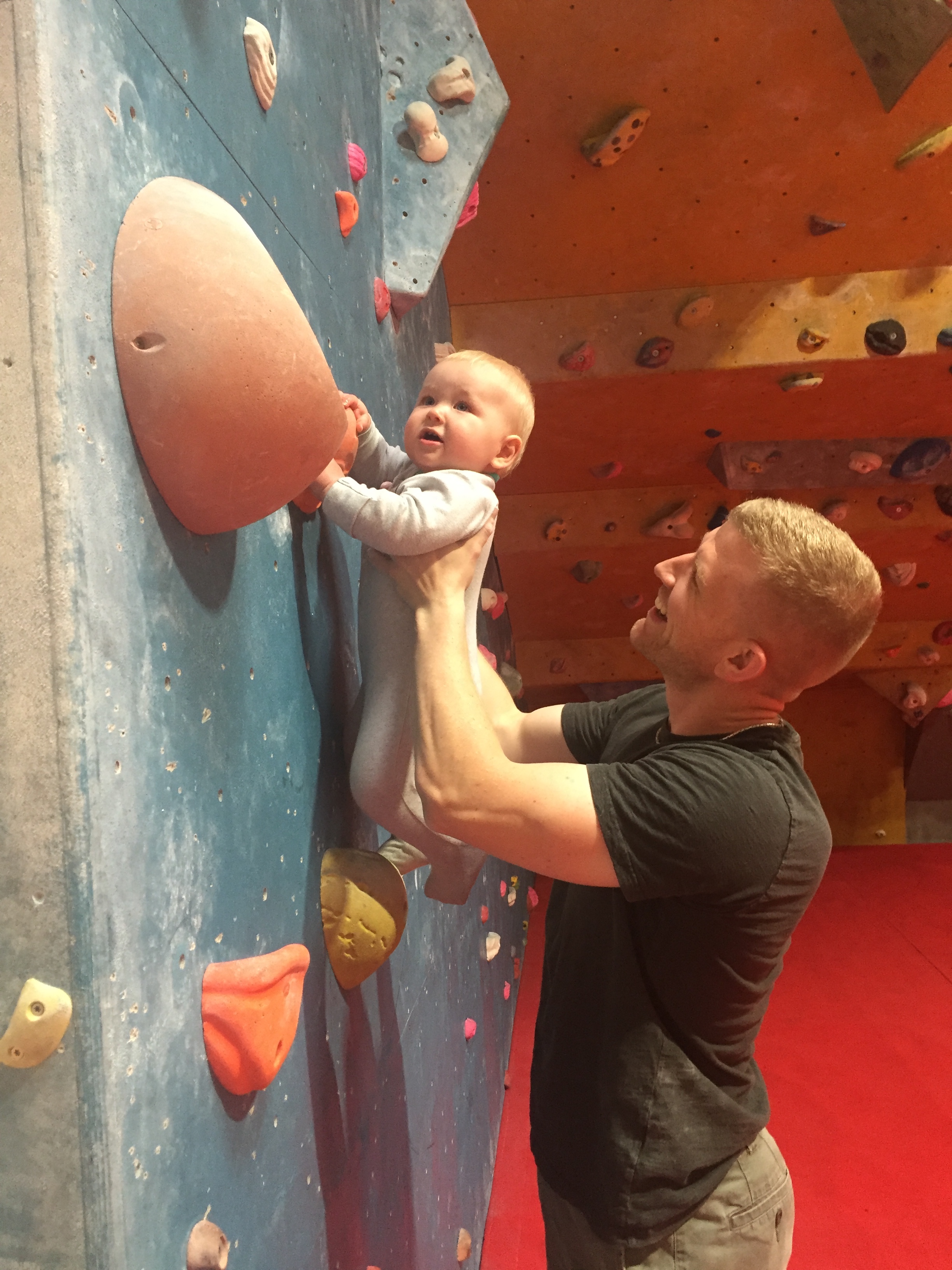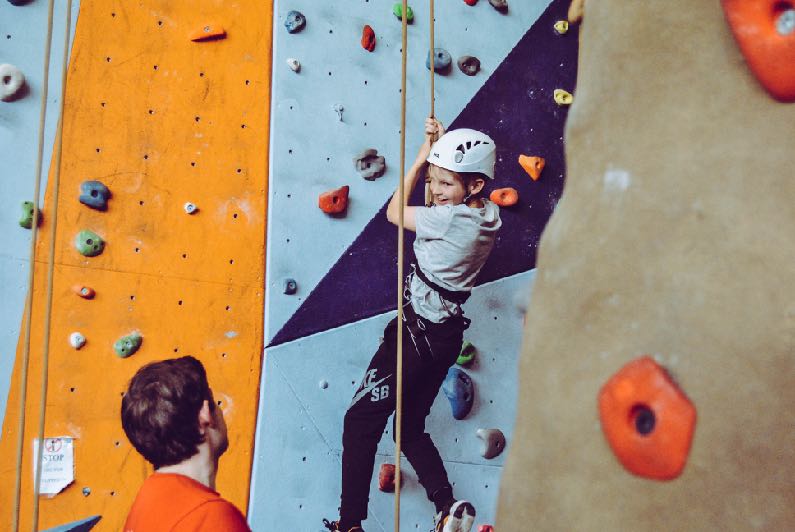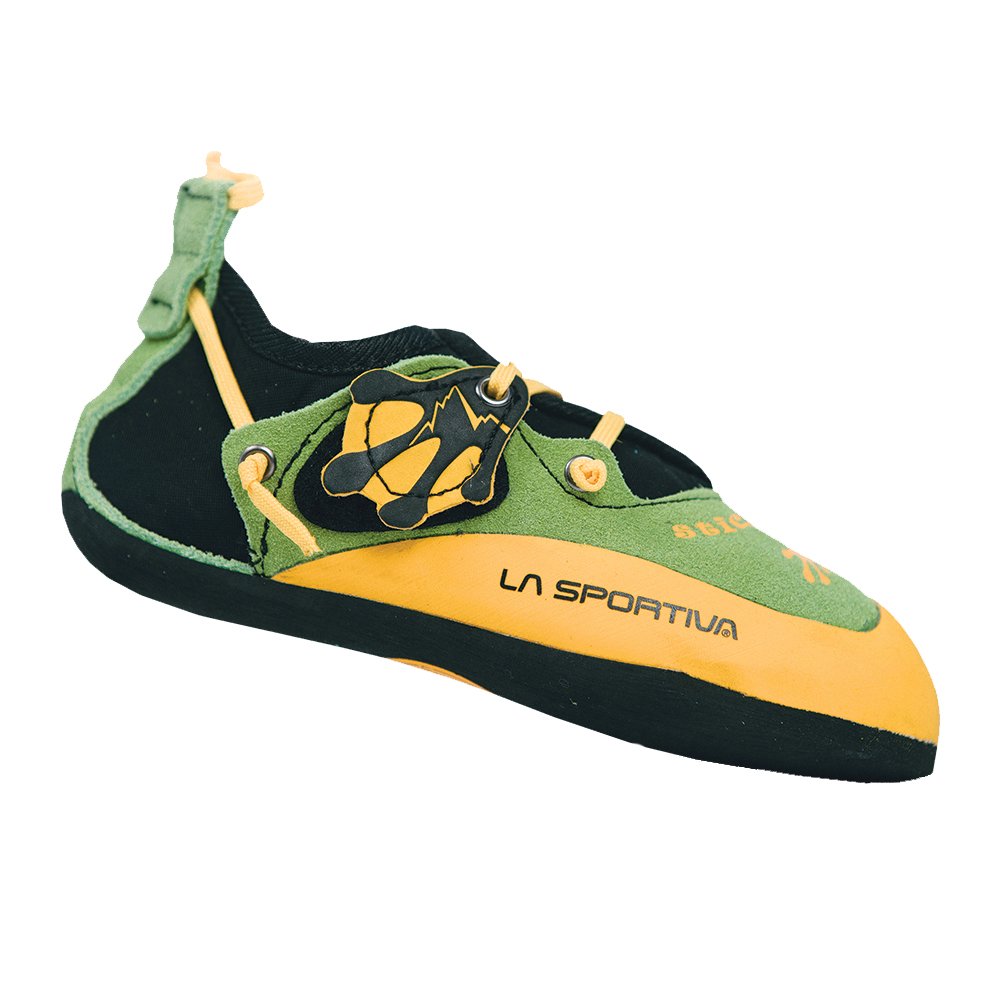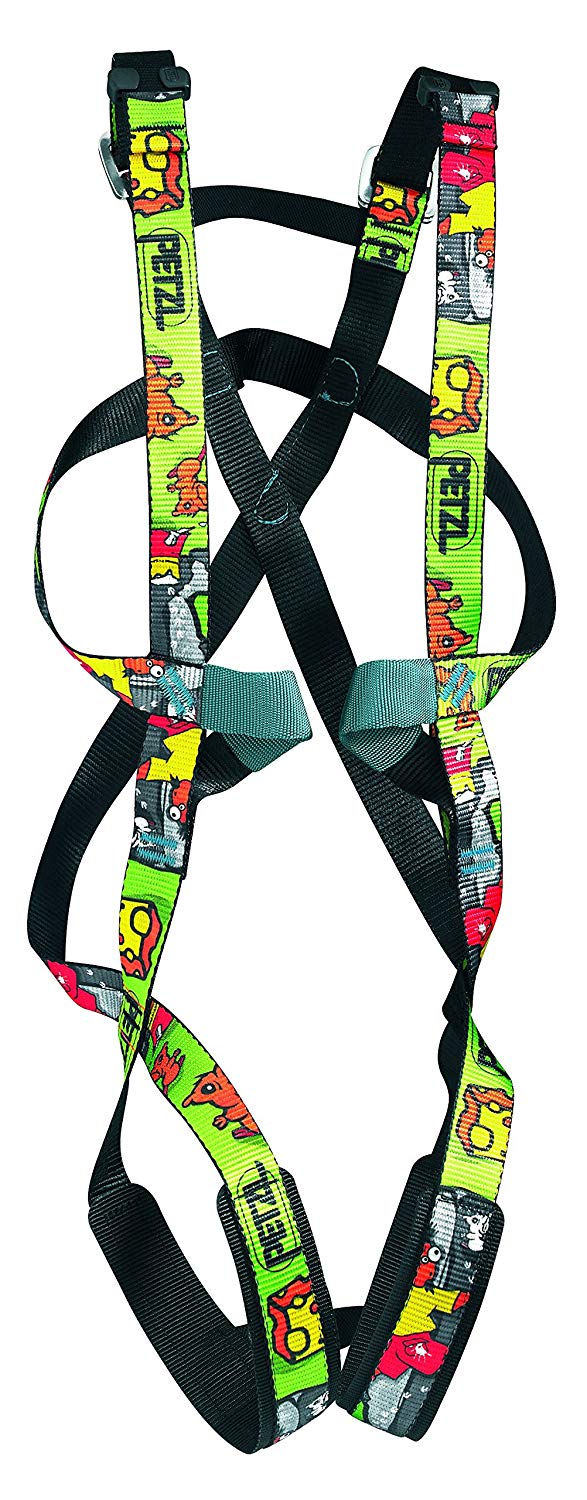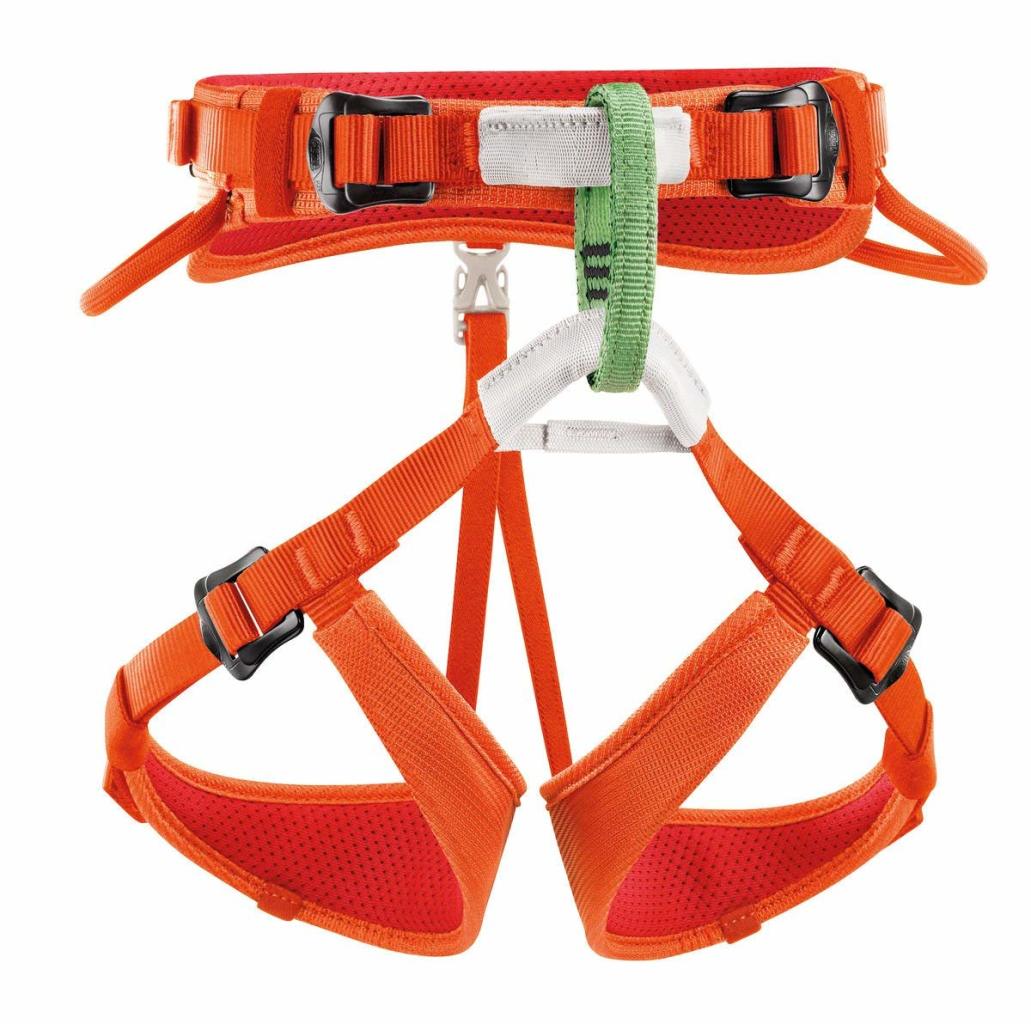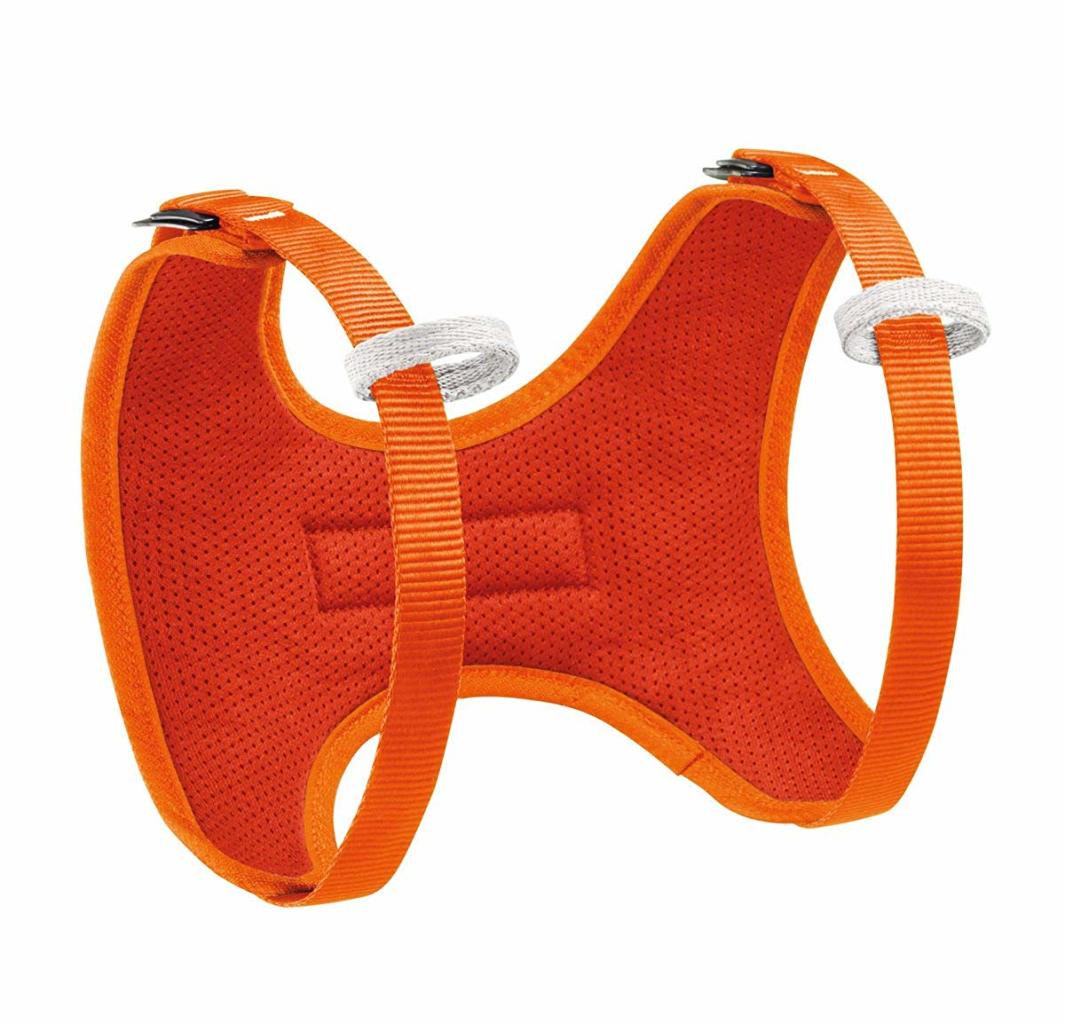We were all kids once, and some of us are still children at heart. For anyone who’s ever had kids of their own or worked with them, you know young children have an uncanny desire to climb anything and everything within reach!
Climbing trees and scrambling over rocks can be a fun pastime that keeps the kids occupied for a short while. However, the natural inclination to climb inherent in many children can turn into a dangerous activity when they start clambering up unsteady bookcases or trying to go down stairs headfirst too early.
Children have tons of energy to burn paired with a natural tendency to climb - what better way to tucker out the kiddos than to get them into rock climbing?
Climbing is an excellent activity to entertain children in a safe and tiring way. The sport builds strength, balance, and character, and can help foster a healthy level of confidence and independence in young children. There are many factors to consider when introducing climbing to kids, but it's even easier to start kids climbing than you might imagine!
When to Start Your Child Climbing
Most children will start attempting to climb by the age of 2.
Be it the couch at home or a statue in the park, any kid with a healthy dose of curiosity will try to ascend the structure in question.
If you put a toddler on a small boulder outdoors chances are they’ll do their best to clamber up to the top - with some spotting by their guardian for safety, of course!
Climbing comes naturally to small children, and is an important stage for the development of gross motor skills (actions that utilize the major muscles of the body in the arms, legs, torso, etc).
The act of climbing up stationary objects also allows kids to learn about their environment and gain confidence in their physical abilities.
As a parent, you may be concerned for your child’s safety when you first notice their natural inclination to climb anything and everything within reach.
Fear not - there is a way to mitigate danger and make climbing a fun learning opportunity for all involved through rock climbing!
Rock climbing experts like Eric Hörst recommend introducing kids to the sport around the age of 4 or 5.
By this age, their problem-solving skills are well enough developed to be able to work their way through simple bouldering problems, making climbing a fun and engaging activity for the child.
Also, at five years old, a child’s body is well-enough developed that they have a fair amount of control over major movements, but they’re still learning fine motor skills.
Rock climbing is an excellent tool for teaching children the delicate art of how to move their bodies gracefully through the world in order to keep them balanced and active throughout their lifetime.
Indoor Rock Climbing for Kids
Bringing your child to the climbing gym as soon as they start to climb everything in your home is a great option to encourage healthy behavior with regards to climbing.
Many indoor climbing gyms are kid-friendly, and some even offer programs specifically designed to teach young children to climb!
Make sure to check with your local gym about what age kids are allowed to start climbing. Most gyms are okay with youngsters hanging around the gym area as long as there is a guardian present to keep them out of trouble.
You always want to make sure your kids are being respectful to other climbers and acting in a safe manner when playing in the climbing area.
Children should not be given free roam to run around the gym, as running poses a risk both to the child and the climbers around them.
Kids also need to be aware of where other climbers are, and take care not to climb above or below anybody else on the wall.
Keeping a young child out of harm’s way is the primary responsibility of the parent or guardian while at the gym or the crag, so keep that in mind when deciding whether or not to tote along the toddlers on your next climbing excursion.
Your local gym may offer climbing classes that you can enroll the kids in for an extracurricular after school activity.
The structure of a class can be really useful for kids who need a little more discipline in their life, or for rambunctious children who need to direct their extra energy in a positive direction.
Most gyms will have climbing gear available for children, like shoes and a harness, that you can rent for the day at a reasonable cost. But if your kids take to climbing like peanut butter to jelly, then you might want to consider investing in some gear of your own.
Fortunately, rock climbing is a low-cost sport with little equipment required when first starting out, so buying gear for your family shouldn’t leave a huge dent in your wallet!
Kids Climbing Shoes
The first thing you’ll want to invest in once your child shows an interest in climbing is rock shoes.
Many children under the age of 5 years old are more interested in scrambling around on many different varieties of holds (AKA “bouldering”), rather than ascending a tall wall on a climbing rope, so shoes can take priority over a harness at first.
With a decent pair of climbing shoes, you can bring your little one(s) to the crag or the gym with you and let them play around on shorter walls (with adult supervision, of course).
The kids will have a blast monkeying around on the easier boulder problems, especially if they have snug-fitting rock shoes to help them stick to the wall like a gecko.
Check out the Stickits by La Sportiva for a comfortable and affordable kids climbing shoe that can be adjusted by two full sizes with a nifty heel strap so your mini-me can keep climbing in them even as they continue growing over the years.
Kids Climbing Harness
Once you’ve invested in a good pair of rock shoes and your child is eager to keep climbing, it’s time to look into purchasing a harness for the little rock warrior.
There are a number of designs on the market today, and choosing the right one for your kiddo will be an important decision.
An ill-fitting or uncomfortable harness can be the determining factor for whether or not your child enjoys rope climbing, so you definitely want to take care when selecting which one to buy.
Some kids really like the support of a full-body harness, while others may prefer the traditional seat style.
Choosing the correct harness for your miniature climber will also depend on their size and age - very young or petite children will benefit more from the security of a full-body harness because the chest support will keep them upright while taking tiny whippers.
I would recommend going to your local gear store and letting your little one try on a couple of different harness styles to see which one they like the most.
You can also let them climb in a rental harness at the climbing gym a few times so they can begin to understand the necessity of a comfortable harness.
For especially small children, consider the Petzl Ouistiti, a colorful full-body harness for kids aged 4-9 years old weighing under 66 lbs.
Another option from Petzl is the Macchu seat harness, which is super adjustable so it can grow with your child.
For younger kids, you can also pair the seat harness with Petzl’s Macchu chest harness for additional support.
So as you can see, getting kids into climbing doesn’t have to be hard!
As long as you’re patient and willing to put in a little time and money at the forefront, then your kids can have a blast climbing from a very young age.
Rock climbing can be an enjoyable activity for the whole family, as long as it is introduced in a fun and healthy way.
Remember, kids are finicky and they may say they love rock climbing one year, then totally hate it the next.
That’s okay (and totally normal)!
As long as you honor their tastes and desires and don’t force the sport of climbing on them just because it’s your favorite thing to do, then climbing will remain in their memory as a fun activity and they will get something out of it, whether they admit it to you or not.
If you want to raise strong, confident, well-balanced individuals with a passion for the outdoors and a focus on physical and mental health, then teach them how to climb.
You won’t be disappointed.
